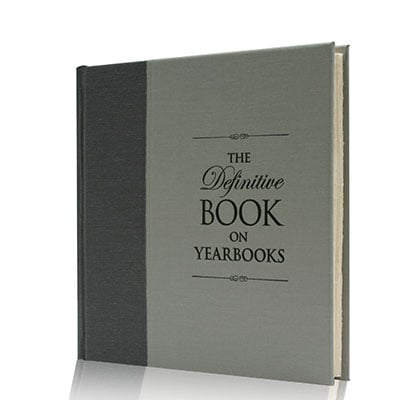
by Jack Kennedy
Dow Jones Newspaper Fund
1993 Teacher of the Year
The difference between good reporting and great reporting lies in the “little things.”
No matter the size of the school or the publication, the traditional events of the year get covered, and the photos are taken. All journalists interview sources, do background research, and attend events. Every student journalist I’ve ever met starts off each reporting assignment with the goal of doing the best job possible.
So why is there such a wide disparity in the quality of what we actually read and see in student publications?
I hate to oversimplify this, but it all comes down to “showing,” not telling.
All claims need support, and the best support is a combination of great quotes and well-chosen descriptive details. That’s why I have always encouraged reporters to actually “be there,” and not to settle for interviews about past events.
“All claims need support, and the best support is a combination of great quotes and well-chosen descriptive details.”
My favorite basic journalism assignment was something I called “Reporter for a Week.” Students had to find something to report every day and bring a short news story to class for five consecutive days. At the end of the week, each student picked a best story to “perfect,” and perhaps add some description or an apt quote. That was the one that was graded.
The week always began with whining about “nothing ever happening around here,” and ended with amazing stories that took readers to everything from a fight at a ninth grade boys basketball game (and let’s face it, freshman sports don’t usually get featured coverage), to a sophomore getting ill in class (always hilarious if it’s not you), to the fire alarm being pulled on a very cold January day (not so fun if you are the ones huddled outside).
Among the last assignments for my beginning journalism classes was an in-depth narrative covering three days of some sort of coverage on one class or club, or job, or sport. The idea was to observe some activity reporters were regularly involved in, looking for ways to take readers to a place they normally can’t go.
Sometimes it was a math class. Sometimes it was volleyball practice. Often we went to work with the reporter at a local grocery store. The object was to create narratives that developed characters in a specific setting, while highlighting conflicts that naturally occur over time.
I once had a professor hand me back a short story with this message: “Mr. Kennedy, you’ll be a pretty good writer… if you learn to leave out the boring stuff.”
Ouch! But I had laboriously typed all that stuff, and the idea of deleting some of it… well, what a waste!
I like to tell that story to my students. I also like to remind them that we don’t go to every Potions class at Hogwarts with Harry, Ron and Hermione. We only go to a Potions class during which something unusual or instructive happens.
Then I would recommend that reporters didn’t need to start their narratives with the tardy bell ringing. In fact, that is the sort of detail that just gets in the way. Now, if the bell DOESN’T ring… now THAT might be worth including. My advice: don’t share what always happens (the antithesis of news), but instead go right to the highlights.
The best young reporters learn this. They learn that they will end up leaving lots of material in their notebooks. A lot of stuff happens every day in school. Most of it is routine. But what is not routine is what we should see in our newspapers and yearbooks.
And that leads to my favorite advanced journalism assignment: immersion reporting. Not everyone has the time, energy or skill to get into this, but nothing is more impressive to me than the narrative reported over time that makes a complex class or job or sport come alive.
For example, one student decided to observe and report on the entire rehearsal week prior to the school musical opening, along with all four performances. I’m not sure how she managed her other classes, but she joined the cast and crews from 3-9 p.m. for five days, followed by the performances.
When she finally got home each night, she hurriedly typed everything from her notes and her memory before going to sleep. She ended up with about 10,000 words on her computer, from which she eventually chose 1,500 for her story.
She was able to take readers to the tense moments before opening night, when one of the leads came down with a sore throat. She took readers to the rituals before and after shows, to the catwalk where techies were hanging lights, to the IHOP where the cast scarfed pancakes until the wee hours after the final show. She was not a theater person. She was a curious person.
We can’t always be there, of course, which is why being a meticulous interviewer is so important. But when you really want to share the details — those descriptive nuggets that separate good from great reporting — reporters need to spend time observing and questioning and keeping all their senses alert.
Everyone expects lots of information in newspapers and yearbooks. What everyone is hungry for, however, are stories, those narratives that help us better understand a complex world. And great storytelling is all about the details.
Excerpt from The Definitive Book on Yearbooks:

The Definitive Book on Yearbooks captures the hundreds of years of experience of well-known personalities in yearbook journalism. This highly respected group brings to a discussion the creative process and the nuts-and-bolts production of yearbooks in a beautifully bound collection. The essays tell stores, capturing the story-telling appeal of yearbooks.
Read the book everyone’s talking about! To find out more about The Definitive Book on Yearbooks, contact your Balfour representative.

